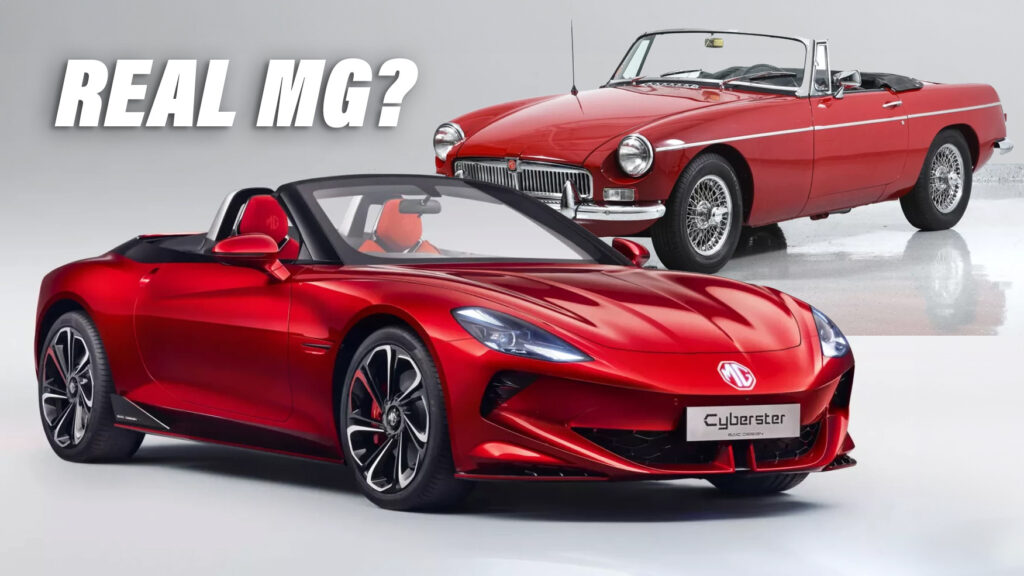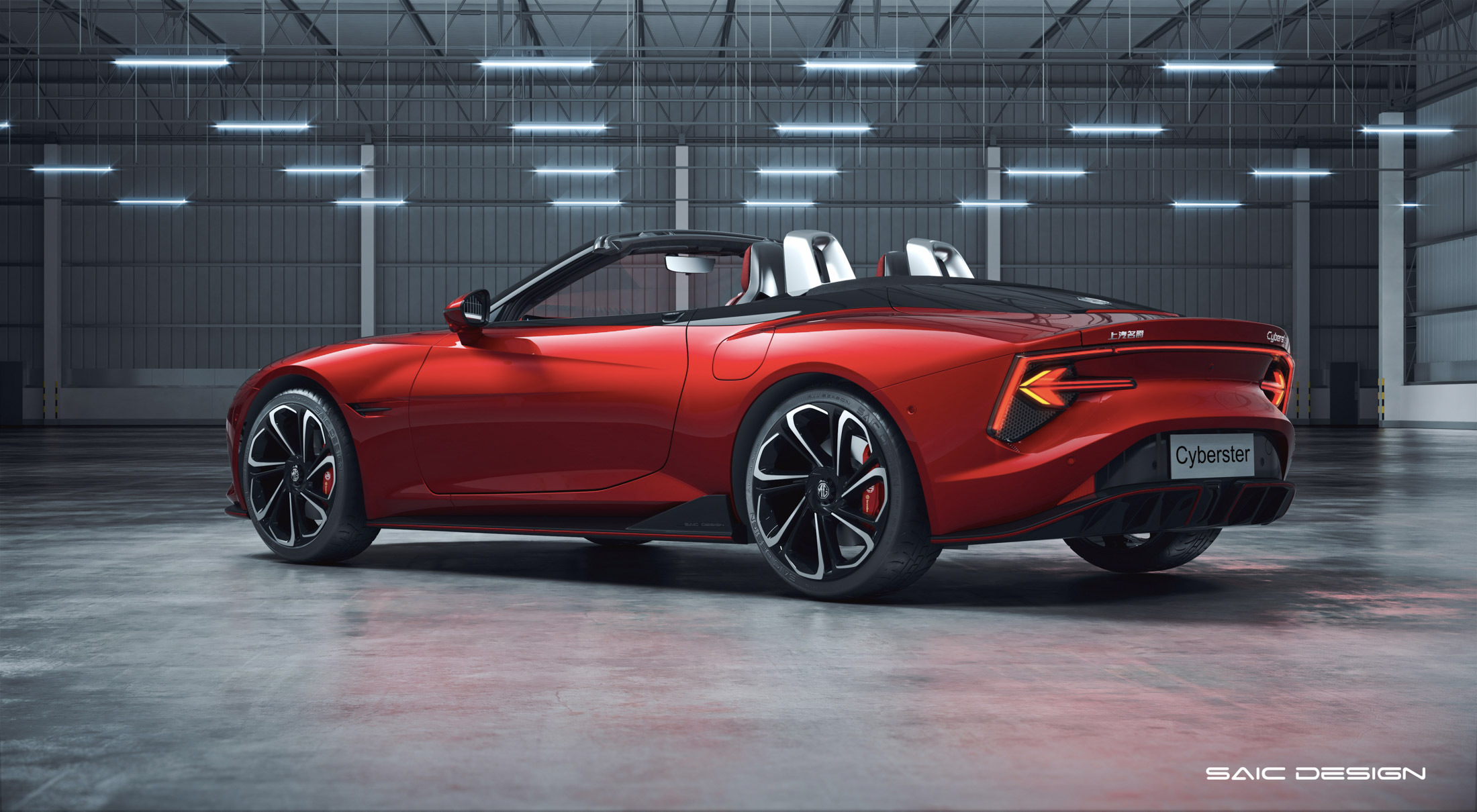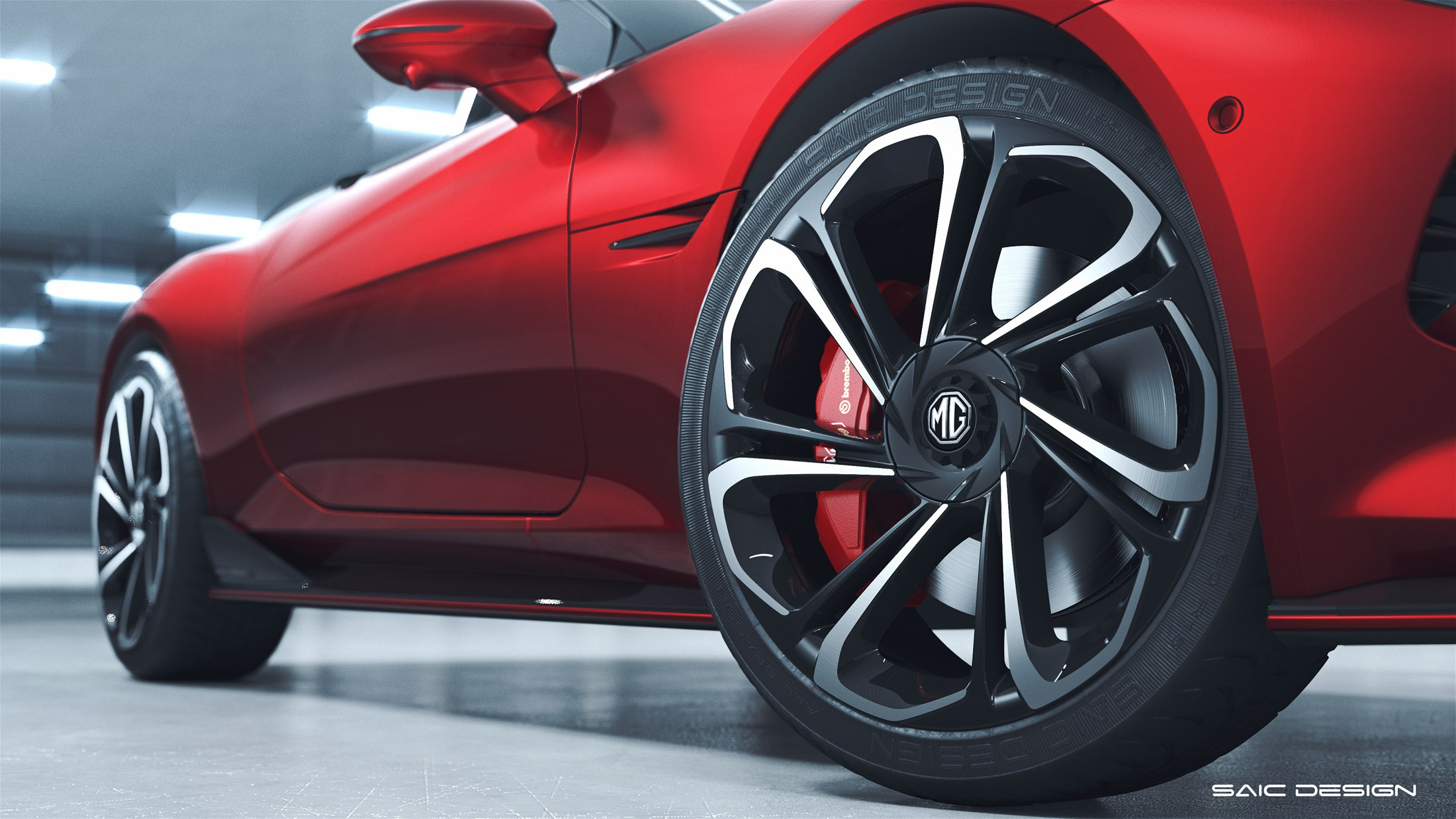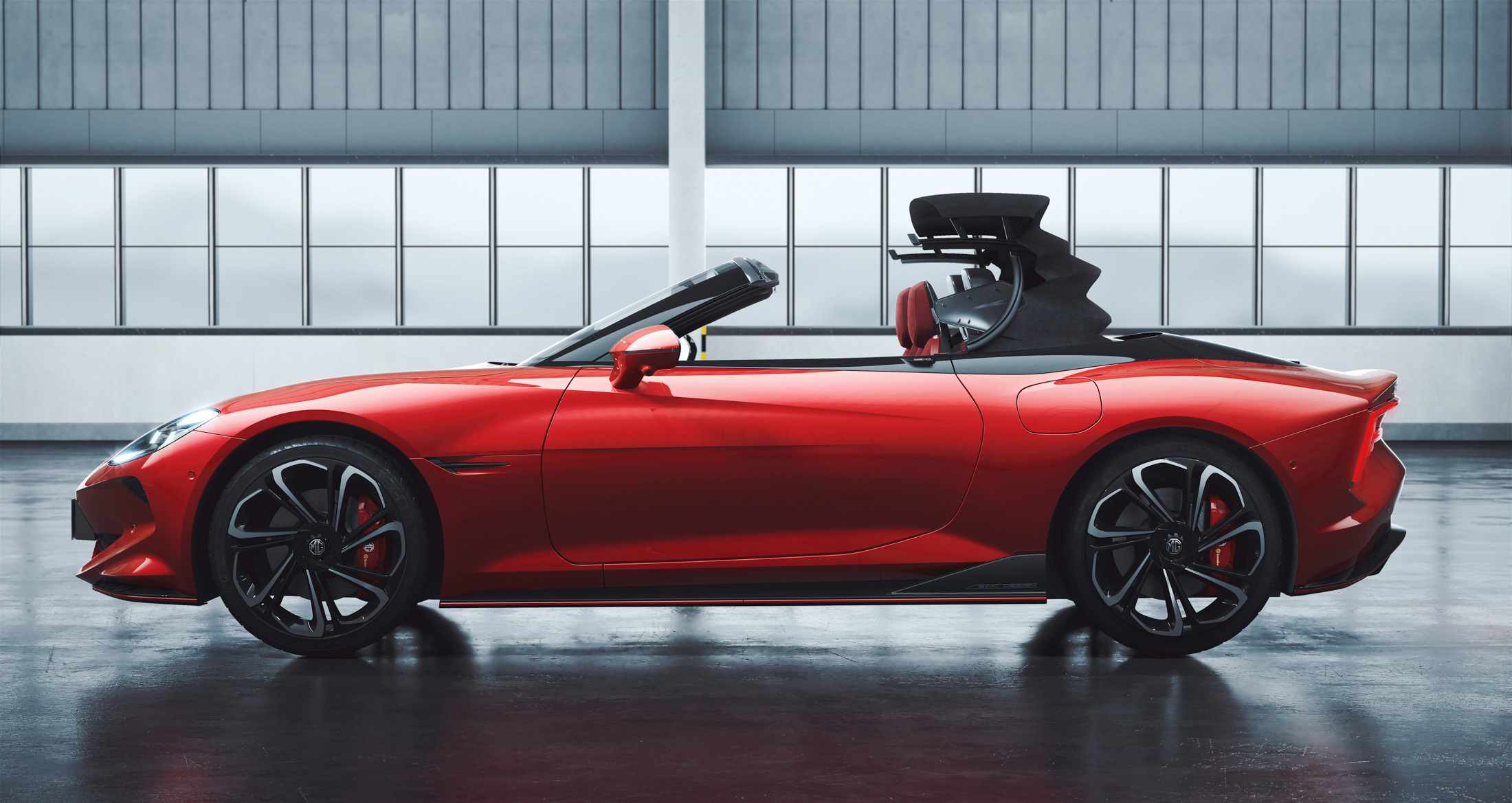When MG collapsed into receivership in 2005, few people could have imagined that 18 years later we’d be talking about the brand achieving huge sales success, rolling out critically acclaimed electric family cars like the MG4 EV that undercuts rivals and is better to drive, or beating Porsche to market with an electric sports car.
But here we are, and so is the Cyberster, the first all-new convertible MG sports car since the TF of 1996. The TF borrowed its name from a classic MG sports car of the 1950s, one of the separate-fender, post-war classics that helped establish MG in America. But a mid-engined layout and hydragas suspension meant the 1990s TF seemed almost as far removed from the brand’s most famous car, the iconic 1962-80 MGB, back then as the all-electric Cyberster appears today.
More: MG Cyberster Concept Shows Off Production-Spec Interior In Munich
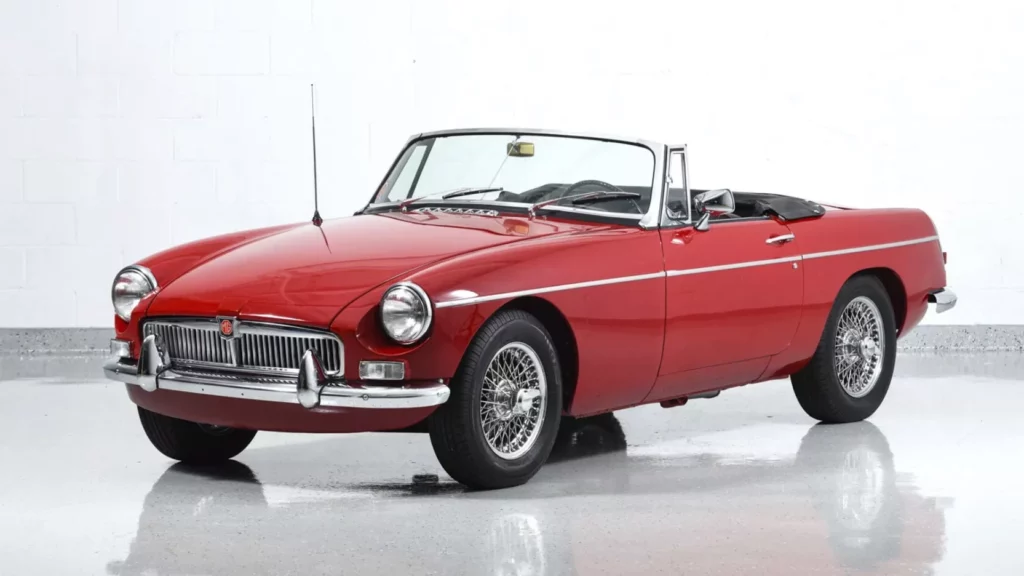
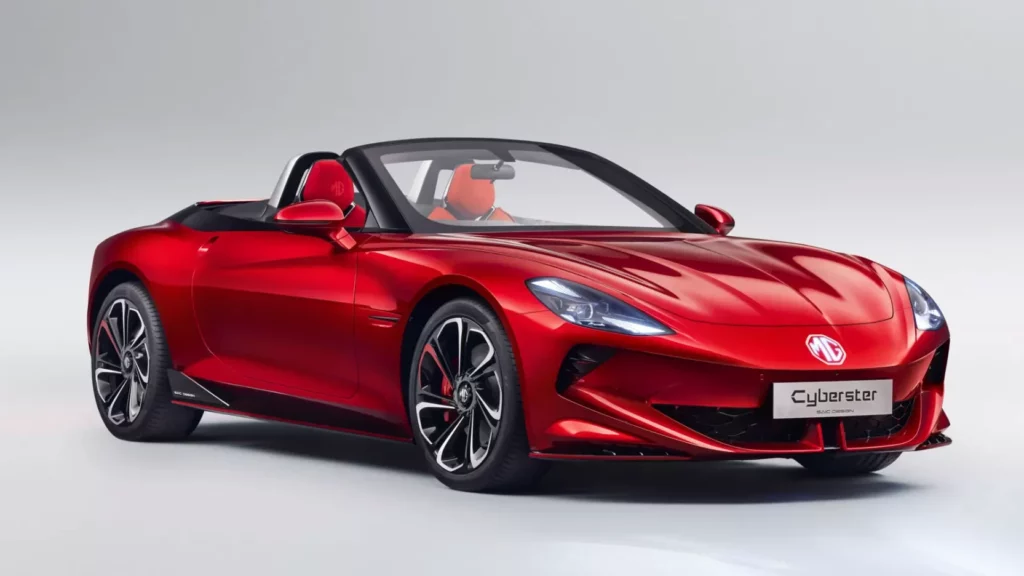
We say almost, because the Cyberster is a very different proposition from the TF or the B, and not just because it has an electric, not combustion, powertrain, and available all-wheel drive. For one, it’s designed to appeal to a new kind of customer. With the exception of the short-lived six-cylinder MG B spinoff, the MGC, the V8-engined MGB GT, and hideous SV (a rebodied De Tomaso) from the early 2000s, MG’s sports cars were always affordable. The top-spec Cyberster, though, is expected to cost £50,000-60,000 ($61-73k) in the UK depending on spec. That’s Porsche Boxster money, not MX-5 territory.
One of the reasons MG thinks it can charge such a high price is the kind of power output that makes even the Boxster look weedy, never mind the Miata. The base, single-motor Cyberster has 310 hp (314 PS) and the flagship dual-motor, all-wheel drive car serves up 536 hp (544 PS). Compare that with around 95 hp (96 PS) for the original 1.8-liter, four-cylinder MGB. Zero to 60 mph (96 km/h)? No contest. An early MGB roadster would get there in 12 seconds, but the fastest Cyberster will hit 62 mph (100 km/h) in 3.2 seconds.
Related: MG Cyberster Is A Cruiser, Not A Carver, Says First Reviewer
But you’d expect the new car to walk over the old timers given the decades between them. What you might not be prepared for if you’re still thinking of it as a Chinese MX-5, is how much bigger the Cyberster is. The MGB rode on a 91-inch (2,310 mm) wheelbase and measured 153 inches (3,890 mm) long, both figures matching the modern Mazda’s though the Miata is 8 inches (203 mm) wider. But the Cyberster’s wheelbase is 14.9 inches (379 mm) longer, it’s 37 inches (943 mm) longer overall and it’s broader by 15 inches (388 mm) than the B.
And then there’s the killer stat: weight. An early MGB tipped the scales at around 2,000 lbs (907 kg); the Cyberster comes in at 4,080-4,375 lbs (1,850-1,985 kg) depending on whether you’re talking about the single-motor or dual-motor version. Of course the modern MG also has a stronger structure and a ton more safety and luxury equipment to help account for that weight difference, including a power top and wraparound digital dashboard display – though it’s worth noting that the Miata is almost as light as the B and is also safe and well equipped, albeit rather cramped.
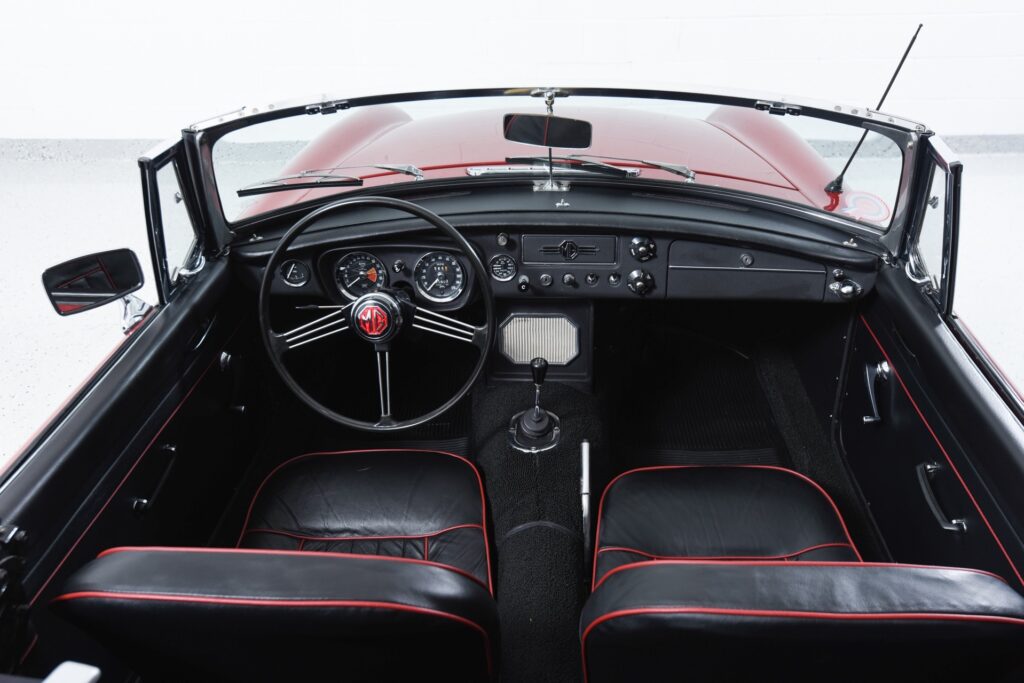
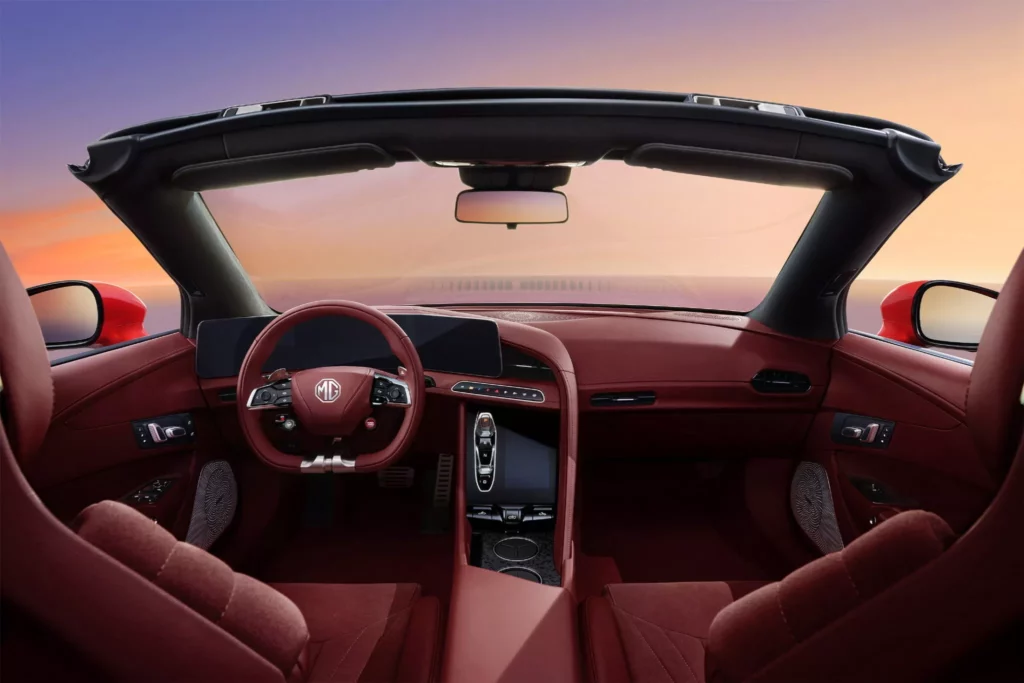
The shrinking sports car market, the phasing out of combustion power and the high cost of building EVs means the Cyberster makes sense for MG. But given how fun and affordable the MG4 hatch is, we can’t help think it’s a shame that MG didn’t stick to a familiar path and use that car to deliver an exciting but affordable electric sports car. Maybe one without the fancy supercar doors and 536 hp, but retaining the classic long hood, short deck proportions of a classic front-engined, rear-wheel drive ICE roadster like the the MGB that MG ensured the Cyberster also has. Do you think the Cyberster is a worthy successor to the MGB and will we remember it as fondly? Leave a comment below and let us know.
Stunning MGB images courtesy of Motor Classics. This one has sold but check out their stock to find something similar




